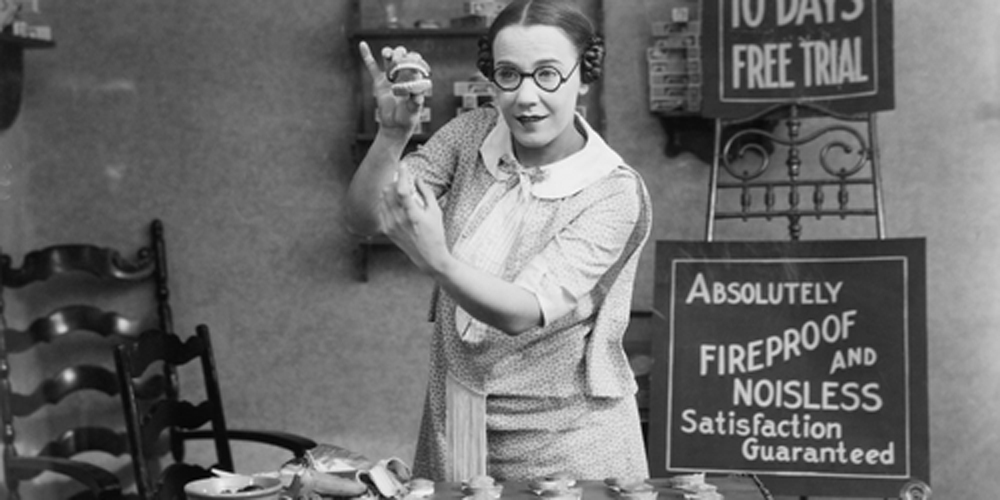Dentures are one of the earliest dental innovations, and they date back to 700 BC when the ancient Etruscans crafted the first-known sets of false teeth. These dentures were made of animal teeth or teeth from other humans. They were set onto a gold band, and pins attached the dentures to existing teeth. We have come a long way from those early forays into dental technology, but the goal remains the same: to improve patients’ quality of life by providing them with lifelike false teeth. To learn more about the history of dentures, from the earliest incarnations to implant-supported full and partial dentures, check out this post, courtesy of your Milford dentist.
Ancient Dentures
Although historians believe that the Etruscans were the first people to create dentures, other ancient cultures also crafted primitive sets of replacement teeth. The oldest full set of dentures comes from the Ganjoyji Temple in Kii Province, Japan. These teeth were made of wood, had a nearly identical shape to natural teeth, and adhered to the gums using suction. However, most cultures used animal teeth, human teeth, or ivory to craft early dentures. Because they were often set in gold and because their fabrication was time consuming, dentures were typically an option only for the rich.
The Dawn of Modern Dentistry
In the 18th and 19th centuries, dentures became more common and affordable. By that time, sugar consumption had increased exponentially, leading to widespread dental decay and a much greater need for dentures. At the same time, dental technology improved, and for the first time, scientists began focusing on oral and dental health. During this period, dentures were made of a variety of materials. For the most part, animal teeth began to fall out of fashion, although some dentists carved smaller human-shaped teeth from large hippopotamus teeth. Ivory was another popular option even though this material was prone to discoloration. Dental specialists continued to use human teeth to create dentures, often employing teeth from fallen soldiers. For a time following the Battle of Waterloo in 1815, dentures were known as “Waterloo Teeth” because they contained so many soldiers’ teeth. In 1774, Alexis Duchateau created the first set of porcelain dentures, and other experts continued to improve on his work. In 1850, the Goodyear family developed vulcanite, a hard rubber on which porcelain teeth were mounted. This was a huge development because it made dentures more affordable to a large percentage of the population. It was also the first time that dentures could be truly customized to match the shape of patients’ mouths.
Dentures in the Modern Age
For the next hundred years or so, dentures remained remarkably similar. Digital technology and improved x-rays meant that dentists could make more realistic false teeth, but the basic idea remained the same. In the 1980’s, however, a dental revolution occurred. In 1981, Per-Ingvar Branemark, a Swedish researcher, announced that he had found a way to make dental implants a reality. By using titanium rods, which are 100% biocompatible, dentists could supply patients with permanent replacement teeth. Although the first implants were single teeth, soon dentists were able to use this technology to provide patients with full and partial dentures. These advanced dental restorations offered greater stability and a more realistic appearance than any other dentures in history.
To learn more about traditional and implant-supported partial dentures, contact Sensitive Care Cosmetic and Family Dentistry at 203-878-6699. We provide the latest in implant technology to patients in Milford, Woodmont, Orange, West Haven, and the entire 06460 area code.

